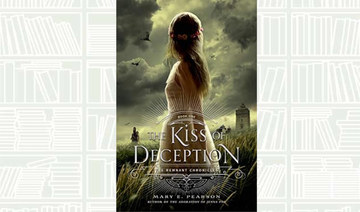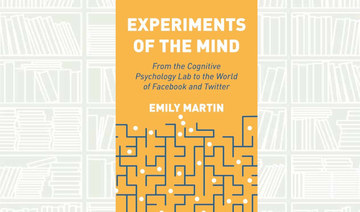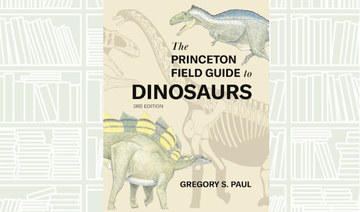The English-language translation of “The Influence Peddlers” by poet and novelist Hédi Kaddour has been eagerly anticipated since 2015 when he first published the book in French under the title “Les Prépondérants.” Translated into English by Teresa Lavender Fagan, Kaddour’s book received multiple awards for its clever plot that plays out in a small Maghrebi city that had been occupied by French colonial forces. It is a stunning book set in 1920s North Africa where natives, French colonialists, young reformers and Hollywood filmmakers descend, meet and ultimately impact each other’s lives.
Kaddour’s work is nothing short of genius. He navigates through the Maghreb, moving past the picturesque landscapes and diverse populations, highlighting colonial prejudice and mindsets, the bold ideas of young reformers and the ideas of educated youths who perceive colonization as oppression as well as the blasé attitude of those who find colonialism backwards, but do not regard it as slavery.
The book opens with 23-year-old Rania, the daughter of Si Mabrouk Belmejdoub, an important figure and former minister of the sovereign. Widowed at 19 after her husband dies in a shell attack in Champagne, her father pressures her to remarry. However, Rania finds that marriage will not fix her heartbreak, she needs something more, something she has been craving — control of her own life.
She is a woman who “read more books in Arabic than in French” and not only that, she is taller than most average men, something her father sees as a “handicap.” Sent to her uncle’s farm on the outskirts of Nahbés, a city in the south, Rania helps around the fields when her aunt takes ill. It is there that she begins to find herself among the farm, the fig trees and fields. She begins to read all of her uncle’s books, which makes him unhappy. “His niece wanted to know more than men, which wasn’t good for her or the family.”
The first sign of prejudice that Kaddour tackles in the book is that of gender, which he captures brilliantly and continues to reference throughout the book. For Rania, in the Maghreb, a woman who desires education and seeks to explore the world she lives in, is a danger to not only men, but to society. Such a woman is even perceived as a danger to French society, as educated natives are more dangerous than uneducated ones. If she is not content with living in the small box that she has been put into, she is a menace to herself and others. She reads newspapers and speaks of reform and people’s rights and her uncle is furious. For a woman to have thoughts such as these in a city occupied by colonizers is troublesome because, as her uncle knows, those kinds of ideas amount to nothing when an occupier stands over you.
The French, the colonials in particular, are “much more civilized than all these natives” and are the decision-makers in Nahbés. They have kept a fine balance in the city, “a dual city resting on a plateau on the shores of the sea and cut in two by a deep valley perpendicular to the shore; a city that for centuries occupied only the right side of the valley, the left side having been exclusively (occupied) by the French colonists,” who allow themselves to live freely and keep the natives under tight wraps by Senegalese soldiers who keep order by standing on the bridge that connects the cities. On the native side are walls, mosques and souks and on the European side, a post office, train station and Jules-Ferry Avenue.
The French are content with their way of life until the Americans arrive to film “Warrior of the Sands.” They are noisy and indiscreet, men and women sit together and women show too much skin and drive cars — it is enough to rattle the natives and the French. They look like the French, but are not like the French and may even be against colonialism.
What ensues after their arrival is a mix of ideas, cultures, prejudices, social upheaval and much more. There is a culture clash as the Americans invite the natives and the French to their parties and disrupt the existing social order. There you meet brilliant characters such as young Raouf, the caïd’s son and an activist, the American actress Kathryn Bishop and her director husband Neil Diantree, the French colonizer Ganthier and French journalist Gabrielle Conti.
Kaddour’s characters are brilliant in their perfection and simultaneous flaws. The situations they find themselves in, and the wit that ensues during these controversial events, is unadulterated. Kaddour’s book touches upon the many contradictions in society in the form of gender prejudice, racial discrimination, ageism and social prejudice.
Kaddour’s work is a take on Edward Said’s seminal book “Orientalism” in fiction form. The prevailing attitude is that of the oppressor who views natives as exquisite or rare because the idea that a native could be like a European is too unfathomable to believe.
The story is told through a beautiful mix of poetry, verse and literature from England, North Africa, Persia, the Middle East and France. Kaddour explores the complicated relationships that are to be had under colonization, the misinterpretations of cultures and the clarity that comes when you live without prejudice. His every character is allowed to observe and judge for themselves.
The power in the first few pages of Kaddour’s book is profound and continues to grow as the book moves forward and as readers encounter loved and much-hated characters. Politics drive the characters, their lives intertwined with their oppressors and their futures blocked by them.
Kaddour conveys the dangers of xenophobia and orientalism, of close-mindedness, isolation and the mindset of exclusivity. When the aim is to oppress, the outcome is never good. It is relevant because, even today, we can see that the consequences of colonialism are never-ending, nor is the entitlement of being from a particular race, culture, religion or family.
Kaddour’s book lays out the contradictions and misfortunes of powers that find strength in oppression. In the end, it amounts to heartbreak and delusion — the idea that the oppressed will turn around and love their oppressors and obey without question. Kaddour makes it clear in his book, as he writes, “you needed life in the illusion. Others were wrong in wanting to produce the illusion of life.”
Book Review: A powerful fictional take on Edward Said’s ‘Orientalism’
Book Review: A powerful fictional take on Edward Said’s ‘Orientalism’
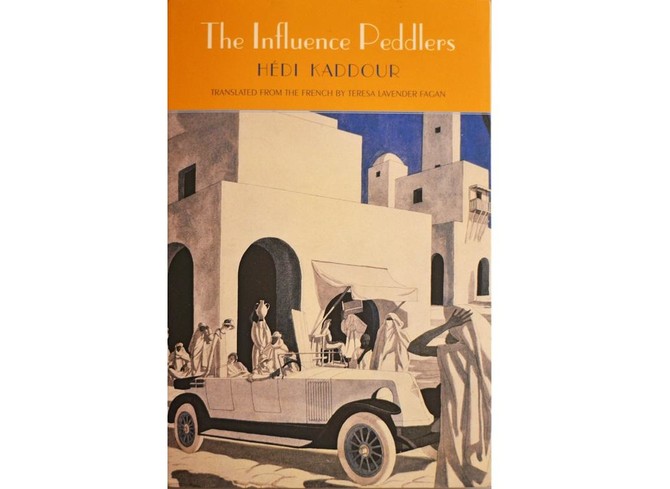
What We Are Reading Today: ‘Counterrevolution’ by Melinda Cooper
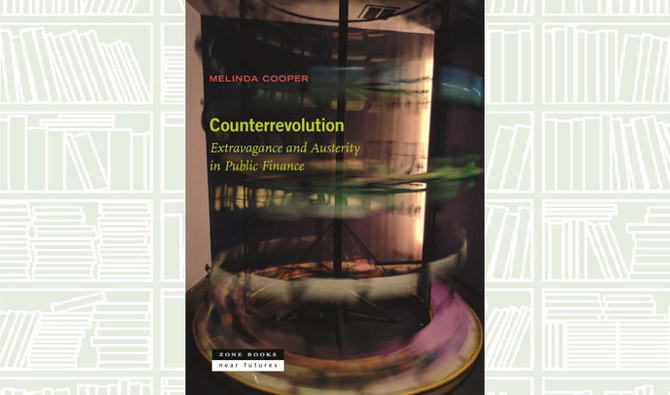
At the close of the 1970s, government treasuries and central banks took a vow of perpetual self-restraint.
To this day, fiscal authorities fret over soaring public debt burdens, while central bankers wring their hands at the slightest sign of rising wages.
As the brief reprieve of coronavirus spending made clear, no departure from government austerity will be tolerated without a corresponding act of penance.
What We Are Reading Today: ‘The Kiss of Deception’
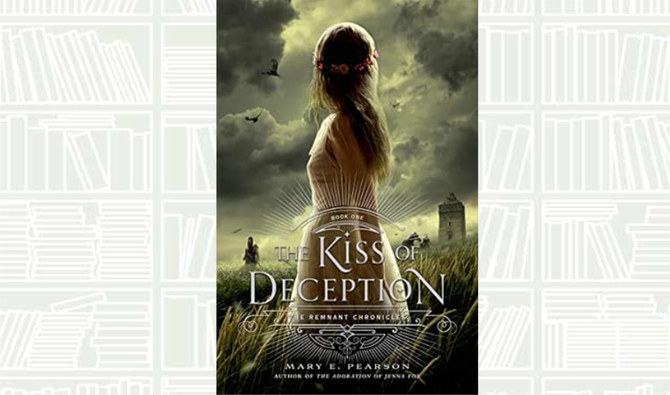
- The novel is written in a distinctive style, with Lia’s perspective telling the first half of the story and Rafe and Kaden’s narrative telling the second
Author: Mary E. Pearson
“The Kiss of Deception” by Mary E. Pearson, the first book in the “Remnant Chronicles” series, is a young adult fantasy novel published in 2014 that follows the story of Lia, the princess of the Kingdom of Morrighan. She is set to marry a prince from a neighboring country whom she has never met, but insted decides to run away on her wedding day.
The plot thickens as Lia is on the brink of unlocking perilous secrets and finds herself falling in love. The book introduces a diverse cast of characters, including Lia’s best friend Pauline, and two young men named Rafe and Kaden, who have their own secrets and motives.
The fantasy novel establishes the groundwork for an interesting and exciting story with a compelling plot and well-rounded characters.
The novel is written in a distinctive style, with Lia’s perspective telling the first half of the story and Rafe and Kaden’s narrative telling the second.
The story has more depth because of its narrative style, which gives readers a glimpse into the motivations and mindset of each character.
The reader is drawn into Morrighan’s world and kept interested in the plot by Pearson’s vivid and captivating language. The novel moves along at a good clip, with action and tension increasing throughout to provide a satisfying finish. The world-building is also well-crafted, with intricate details and a rich history that adds depth to the story.
However, the novel’s main mystery is solved early on, which takes a significant amount of the narrative’s tension and suspense away. Even while the world-building and character development are excellent, some readers might find it challenging to immerse themselves in the story completely due to its predictable plot.
As the characters work through a convoluted web of lies and covert objectives, “The Kiss of Deception” tackles many topics, including destiny, responsibility, adventure, love, and friendship. It also dives deeply into the theme of deception and secrets.
Readers are reminded of the value of self-discovery and remaining true to oneself despite social pressures and expectations through Lia’s journey.
“The Kiss of Deception” marked a notable contribution to the young adult genre, particularly in the realm of fantasy. The novel offers a unique take on the traditional princess story, with a strong and independent female protagonist who is not defined by her royal status.
People of color are among the book’s varied array of characters, which is still uncommon in mainstream young adult fiction. All things considered, “The Kiss of Deception” is a unique and refreshing addition to the canon of young adult fantasy.
What We Are Reading Today: ‘Experiments of the Mind’
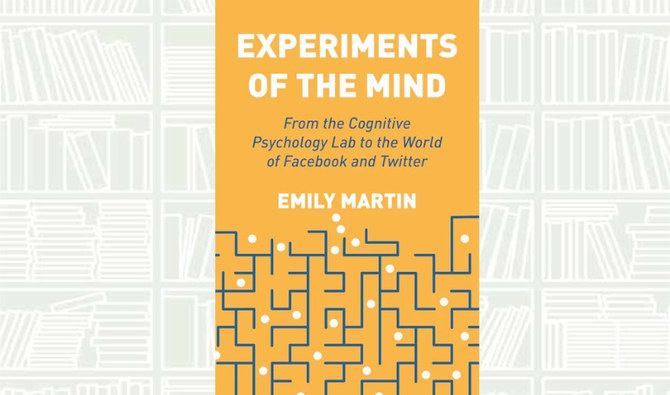
Author: EMILY MARTIN
Experimental cognitive psychology research is a hidden force in our online lives. We engage with it, often unknowingly, whenever we download a health app, complete a Facebook quiz, or rate our latest purchase.
How did experimental psychology come to play an outsized role in these developments? “Experiments of the Mind” considers this question through a look at cognitive psychology laboratories. Emily Martin traces how psychological research methods evolved, escaped the boundaries of the discipline, and infiltrated social media and our digital universe.
What We Are Reading Today: ‘Quantitative Biosciences Companion in Python’

Authors: JOSHUA S. WEITZ, NOLAN ENGLISH, ALEXANDER LEE, AND ALI ZAMANI
This lab guide accompanies the textbook “Quantitative Biosciences,” providing students with the skills they need to translate biological principles and mathematical concepts into computational models of living systems.
This hands-on guide uses a case study approach organized around central questions in the life sciences, introducing landmark advances in the field while teaching students—whether from the life sciences, physics, computational sciences, engineering, or mathematics—how to reason quantitatively in the face of uncertainty.
What We Are Reading Today: Heart of Darkness: Unraveling the Mysteries of the Invisible Universe
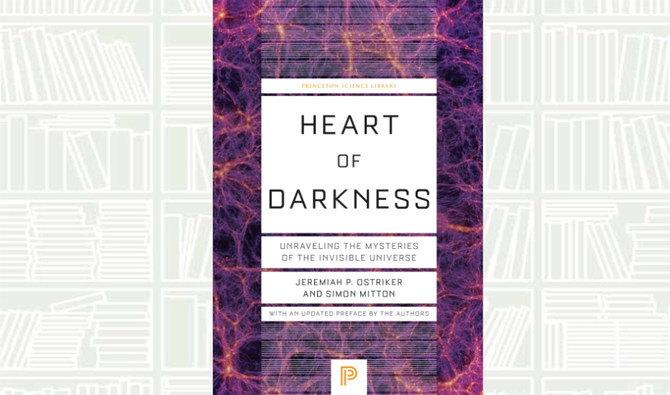
- The story of how evidence for the so-called “Lambda-Cold Dark Matter” model of cosmology has been gathered by generations of scientists throughout the world is told here by one of the pioneers of the field, Jeremiah Ostriker, and his coauthor Simon Mitton
Authors: Jeramiah P. Ostriker and Simmon Mitton
Heart of Darkness describes the incredible saga of humankind’s quest to unravel the deepest secrets of the universe. Over the past 40 years, scientists have learned that two little-understood components—dark matter and dark energy—comprise most of the known cosmos, explain the growth of all cosmic structure, and hold the key to the universe’s fate.
The story of how evidence for the so-called “Lambda-Cold Dark Matter” model of cosmology has been gathered by generations of scientists throughout the world is told here by one of the pioneers of the field, Jeremiah Ostriker, and his coauthor Simon Mitton.
From humankind’s early attempts to comprehend Earth’s place in the solar system, to astronomers’ exploration of the Milky Way galaxy and the realm of the nebulae beyond, to the detection of the primordial fluctuations of energy from which all subsequent structure developed, this book explains the physics and the history of how the current model of our universe arose and has passed every test hurled at it by the skeptics.
This monumental puzzle is far from complete, however, as scientists confront the mysteries of the ultimate causes of cosmic structure formation and the real nature and origin of dark matter and dark energy.





